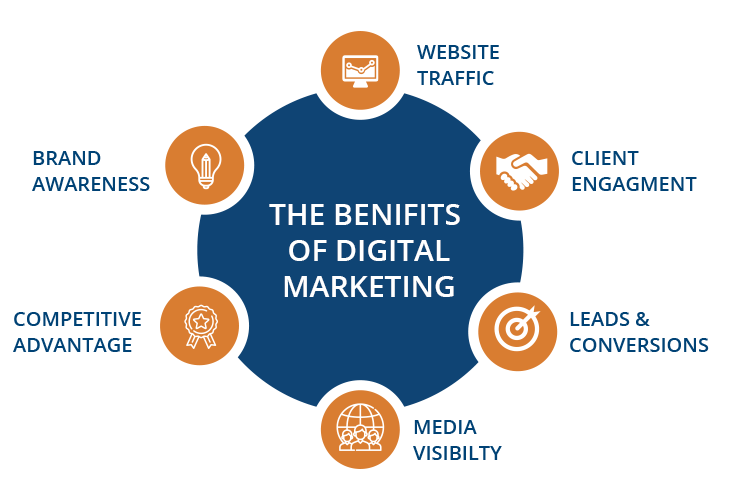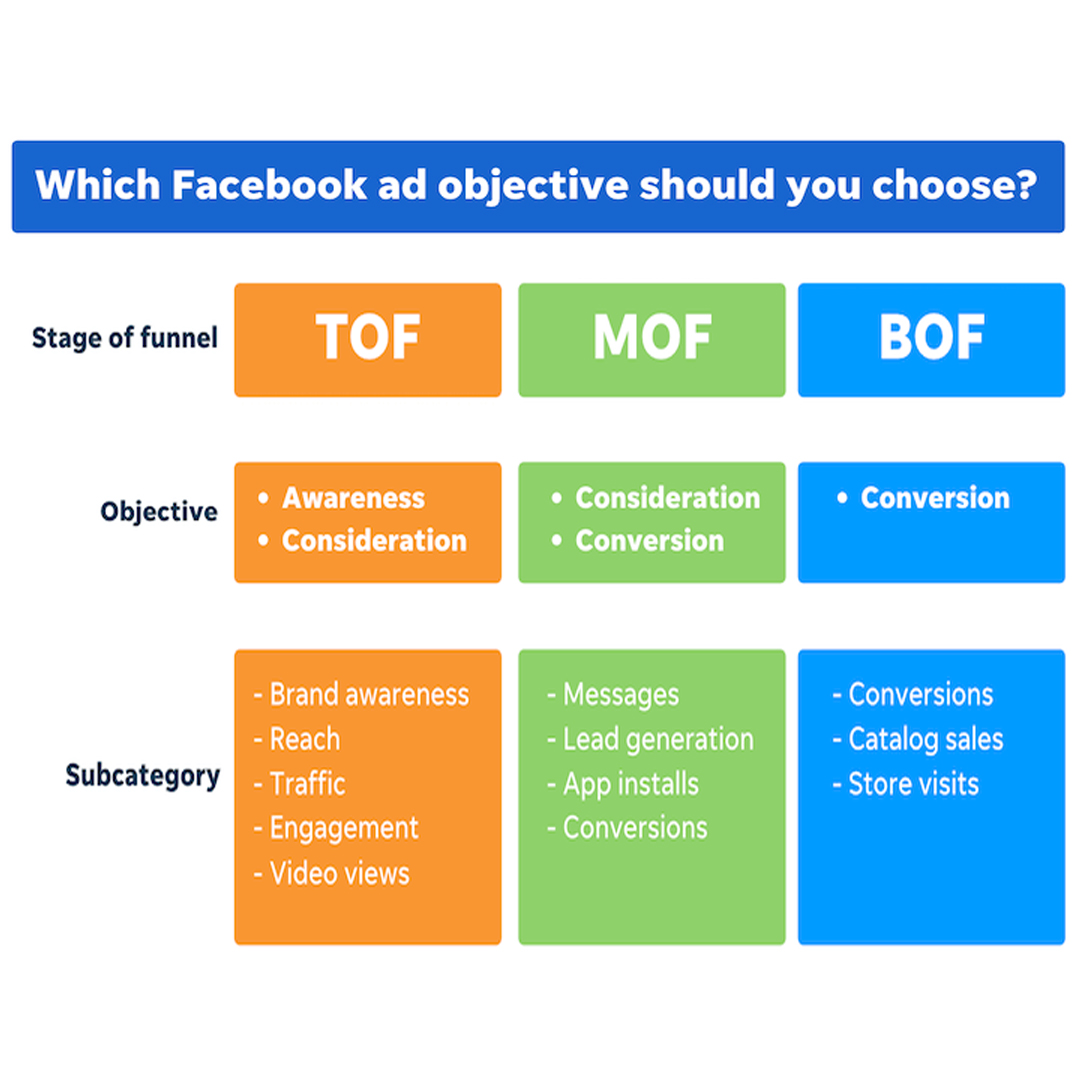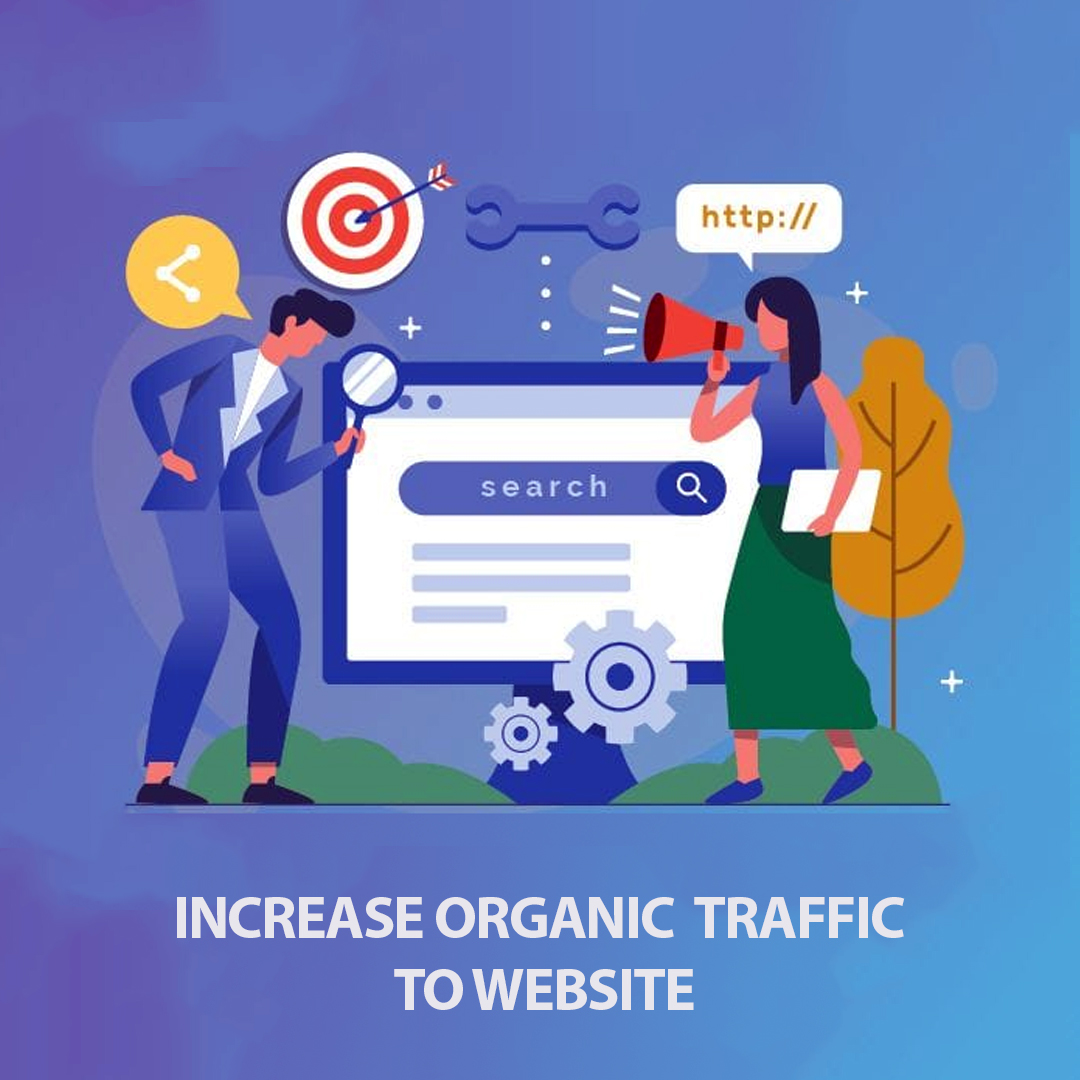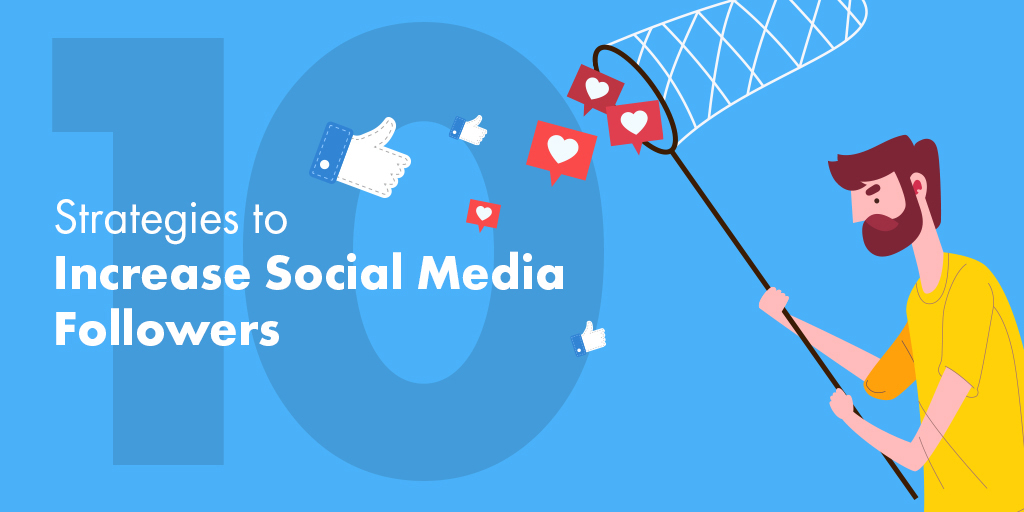As the largest online encyclopedia, Wikipedia has become a valuable platform for businesses to showcase their products, services, and accomplishments. However, getting a business page approved for publication on Wikipedia can be a challenging process. In this article, we will discuss some general guidelines that can help you navigate the process and increase your chances of getting your business page approved.
Understanding Notability Guidelines
Before attempting to create a business page on Wikipedia, it's important to understand the platform's notability guidelines. According to Wikipedia, notability refers to the significance of a topic, person, or organization. In the case of businesses, Wikipedia requires that they have received significant coverage from reliable, independent sources.
To determine whether your business meets Wikipedia's notability guidelines, you should consider the following factors:
Significant coverage:
Your business should have received substantial coverage in multiple, independent sources. These sources should provide information on your company's history, products or services, and impact on the industry or community.
Reliable sources:
The sources that you use to support your business page should be reliable and verifiable. This means that they should be written by reputable journalists, academics, or industry experts and be based on facts and evidence.
Independent sources:
Your sources should be independent of your business and have no vested interest in promoting or discrediting it. This means that you should avoid using sources that are directly affiliated with your company, such as press releases or promotional material.
Gathering Reliable Sources
Once you have determined that your business meets Wikipedia's notability guidelines, the next step is to gather reliable sources to support your business page. Some of the best sources to use for your business page include:
News articles: Look for news articles that have been written about your business in reputable publications. These articles should be well-researched and provide detailed information on your company's history, products or services, and impact on the industry or community.
Academic papers: If your business has been the subject of academic research, you can use these papers to support your business page. Academic papers are generally considered to be reliable sources as they are peer-reviewed and based on rigorous research methods.
Industry publications: Look for publications that are specific to your industry, such as trade magazines or journals. These publications are often written by industry experts and can provide valuable insights into your business.
When gathering sources for your business page, it's important to ensure that they are neutral in their coverage of your business. This means that they should not have a bias towards promoting or discrediting your company.
Creating a Draft Page
Once you have gathered the necessary information and sources, the next step is to create a draft page for your business on Wikipedia. To create a draft page, you will need to follow Wikipedia's formatting and style guidelines.
Here are some tips to keep in mind when creating a draft page:
Use clear, concise language:
Your page should be written in a clear and concise manner. Avoid using overly technical language or jargon that may be difficult for readers to understand.
Provide detailed information:
Your page should provide detailed information on your company's history, products or services, and impact on the industry or community. Make sure to include references to the sources that you have gathered.
Use proper formatting:
Your page should be properly formatted according to Wikipedia's guidelines. This includes using headings, bullet points, and numbered lists where appropriate.
Be neutral:
Your page should be neutral in its coverage of your business. Avoid making any unsupported claims or using promotional language.
Following Wikipedia's Policies and Guidelines
Before submitting your draft page, it's important to ensure that it follows all of Wikipedia's policies and guidelines.
Follow Wikipedia's policies and guidelines
Before submitting your draft page, it is important to make sure that it follows all of Wikipedia's policies and guidelines, including those on notability, verifiability, and neutrality. Wikipedia has strict guidelines on what constitutes an acceptable source and how sources should be cited.
Notability:
Your business must meet Wikipedia's notability guidelines, which means it must have received significant coverage in independent, reliable sources that are not affiliated with your business. These sources should provide information on the company's history, products or services, and impact on the industry or community. Not all businesses meet these guidelines, and it is important to do some research before attempting to create a page.
Verifiability:
All information on your business page should be verifiable, which means that it should be supported by reliable, independent sources. This includes information about the company's history, products or services, and impact on the industry or community. Make sure to cite your sources properly according to Wikipedia's guidelines.
Neutrality:
Your business page should be neutral in its tone and content. This means that it should not promote or endorse your business in any way, but instead provide a neutral and informative overview of the company. Avoid using promotional language or making unsupported claims.
Formatting and style:
Your business page should follow Wikipedia's formatting and style guidelines. This includes using headings, bullet points, and other formatting tools to make the page easy to read and navigate. Make sure to use proper grammar and spelling, and avoid using overly complex language or technical jargon that may be difficult for readers to understand.
Submitting your page for review
After creating a draft page and ensuring that it follows all of Wikipedia's policies and guidelines, you can submit it for review by a Wikipedia editor. The review process can take several weeks or more, and editors may request additional information or changes to the page before it can be published.
During the review process, it is important to be patient and responsive to any feedback from the editors. They may ask for additional sources or clarification on certain points, and it is important to provide this information in a timely and thorough manner.
Conclusion
Getting a business page approved for publication on Wikipedia can be a challenging process, but it is possible with careful research and adherence to Wikipedia's policies and guidelines. By ensuring notability, gathering reliable sources, creating a draft page, following Wikipedia's policies and guidelines, and submitting the page for review, you can increase your chances of success. However, it is important to remember that there is no guarantee that your page will be approved, and that the review process can be lengthy.
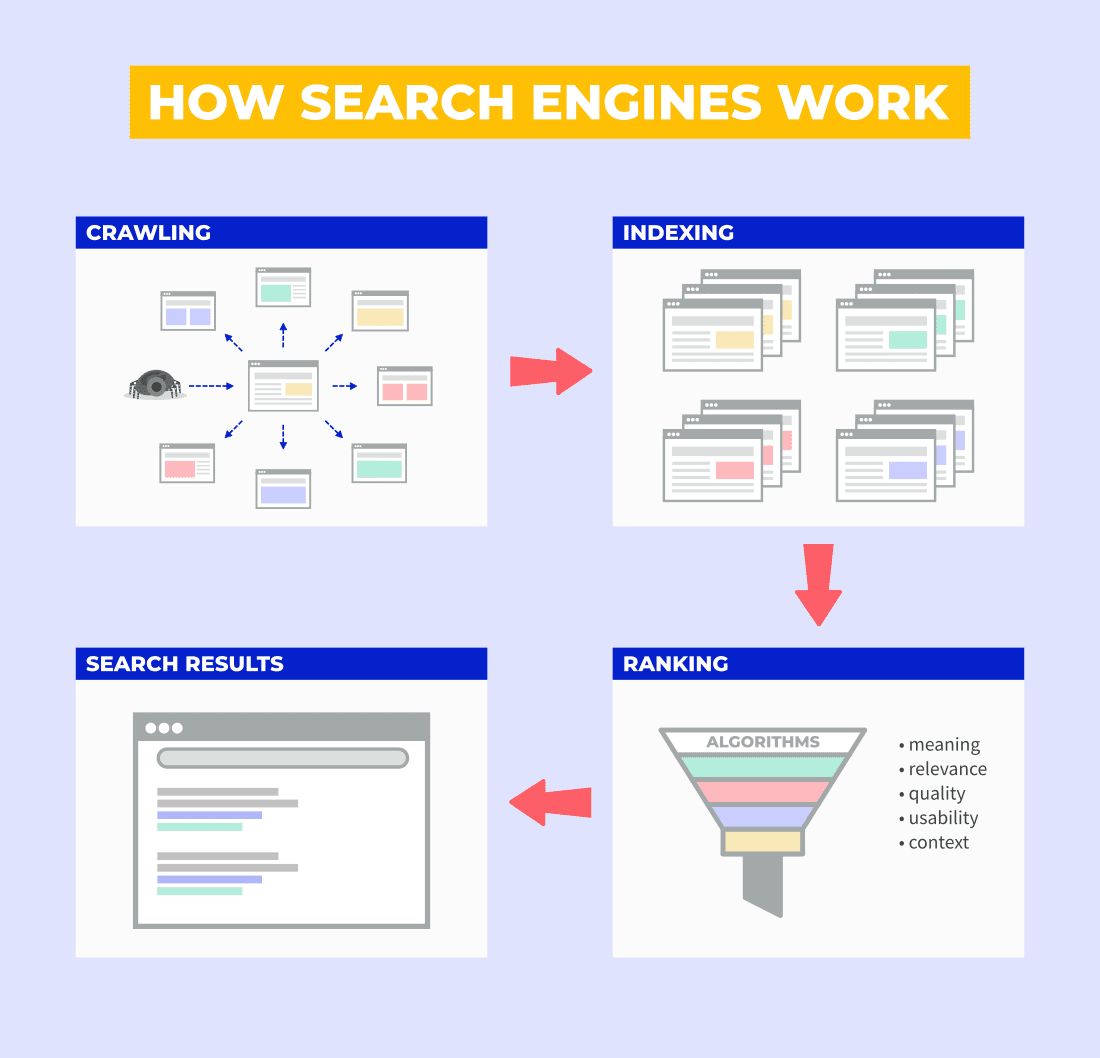 Image: Mangools
Image: Mangools

